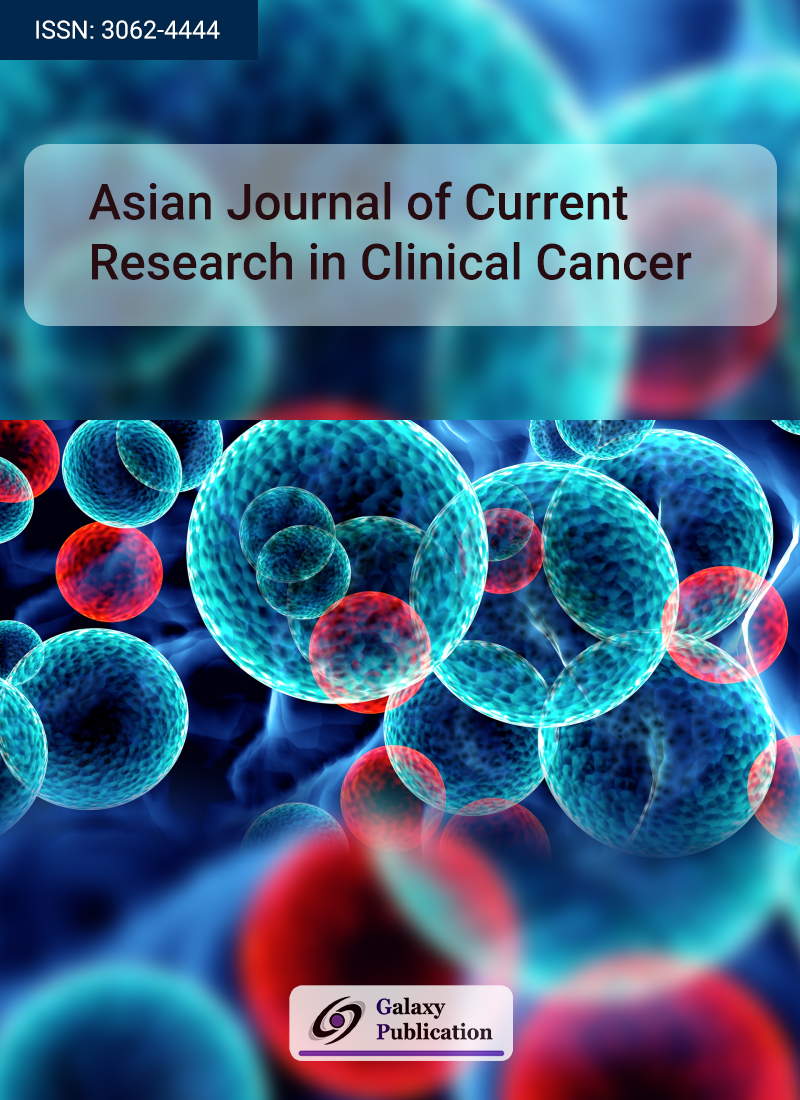
Adenoid cystic carcinoma (ACC) of the breast represents a rare basal-like subtype that can exhibit cribriform, solid, tubular, or trabecular architectural features. Histologically, breast ACC exhibits a unique arrangement consisting of both epithelial and myoepithelial cells, mirroring the structure seen in its salivary gland counterpart. This report highlights an unusual presentation of breast ACC characterized by a cribriform and trabecular growth pattern. Although imaging techniques are valuable tools for preliminary evaluation and guiding clinical management, their utility may be limited due to the diverse imaging manifestations of ACC. Definitive diagnosis relies on histopathological evaluation, which remains the diagnostic gold standard. Despite ongoing debates regarding the pathological subclassification of ACC, it plays a pivotal role in shaping treatment strategies. Surgical intervention is widely recognized as the primary treatment modality for breast ACC. However, due to the rarity of this malignancy, there are no standardized surgical protocols, which often leads to inconsistent treatment approaches.